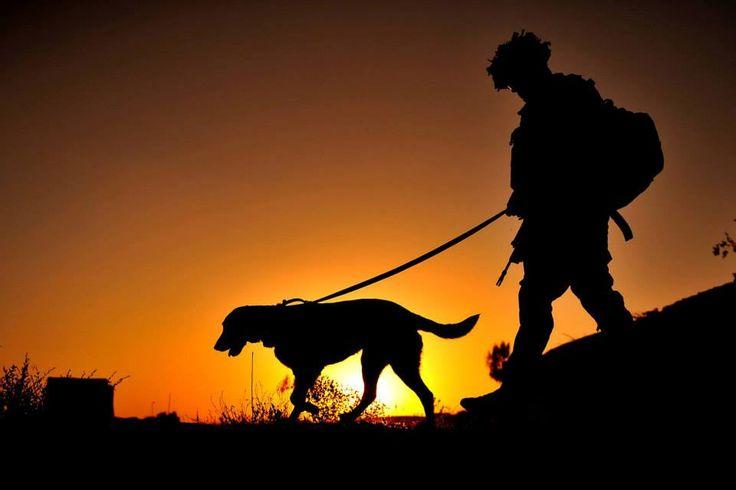
-
entries
23 -
comments
18 -
views
394,942
About this blog
Thoughts on dog breeding and genetics
Entries in this blog
3

Thoughts on dog breeding and genetics
By using this site, you agree to our Terms of Use.